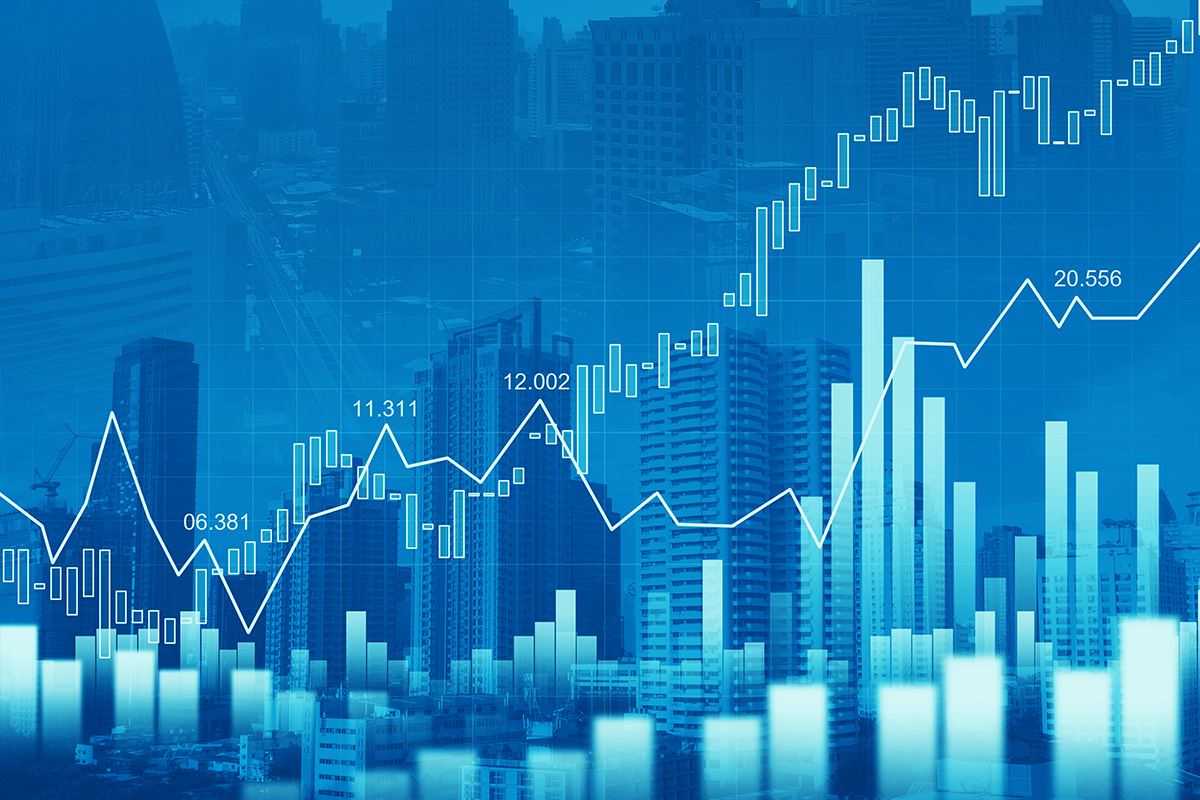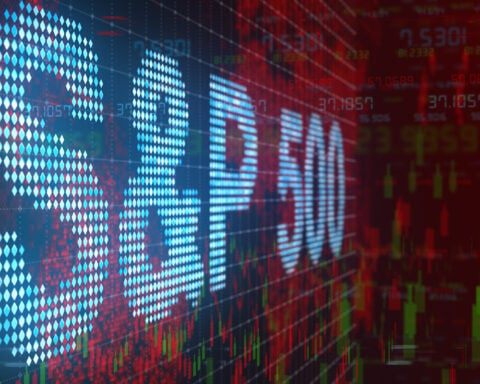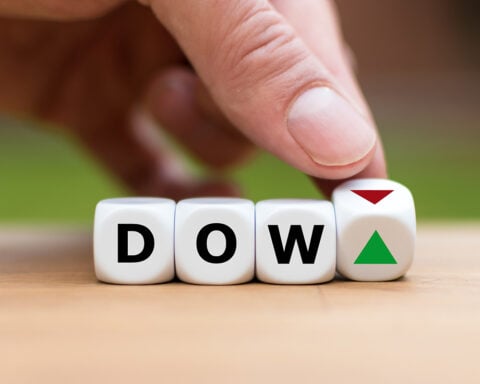The U.S. economy displayed an unexpected growth spurt from April to June, achieving a 2.4% annual growth rate. This resilience was exhibited even amidst steadily rising interest rates due to the Federal Reserve’s ongoing 16-month efforts to curb inflation.
On Thursday, the Commerce Department’s estimates revealed that the total output of goods and services, also known as the gross domestic product, exceeded the 2% growth rate of Q1. The Q2 growth surpassed economists’ projection of a mere 1.5% annual rate.
The surge in Q2 growth was primarily attributed to a wave of business investment. Business spending, housing aside, rocketed at a 7.7% annual rate, marking the most rapid growth since early 2022. Investment in factories and equipment increased, while the expansion was also aided by heightened spending from state and local governments.
Consumer spending, which forms the backbone of the nation’s economy, remained robust during Q2, albeit at a slower pace of 1.6% annual rate compared to a vigorous 4.2% rate in Q1. However, investment in housing experienced a decline due to rising mortgage rates.
“This robust report attests to the fact that our economy is largely resisting the Fed’s assertive rate increases and stricter credit conditions,” commented Olu Sonola, Fitch Ratings’ U.S. economics head. “Simply put, our economy continues to grow beyond trend, prompting the Fed to consider whether more needs to be done to rein it in.”
Despite the record high inflation of the past forty years, the Fed’s response of 11 benchmark rate hikes since March 2022 has not forced the U.S. into the widely anticipated recession. The potential for a “soft landing” is increasing, where the economy could be sufficiently decelerated to achieve the 2% inflation target without derailing the unexpectedly durable expansion.
The International Monetary Fund has revised its 2023 forecast for U.S. economic growth to 1.8%, an improvement from its April prediction of 1.6%. Although this represents a decrease from the 2.1% growth in 2022, it shows the economy’s surprising resilience.
In a press conference, Jerome Powell, Fed Chair announced that the central bank’s staff economists no longer predict a U.S. recession. This contrasts with April’s reports which indicated the possibility of a “mild” recession in the offing.
Powell emphasized that despite aggressive rate hikes, the economy has demonstrated remarkable resilience, suggesting a soft landing could still be achieved.
The American job market continues to show unparalleled strength, with the unemployment rate at 3.6% in June, barely above the lowest in five decades. Post-COVID-19 retirements have led to worker shortages, prompting companies to increase wages to retain and attract employees.
Higher wages and job security have boosted consumer confidence and financial capacity, driving up spending in various sectors, from travel to entertainment.
According to a report by the Conference Board, a business research group, consumer confidence reached a two-year high this month.
Meanwhile, inflation has eased, with inflation-adjusted hourly pay experiencing a 1.4% year-over-year increase in June, the steepest since early 2021. Rubeela Farooqi, the chief U.S. economist at High-Frequency Economics, notes that the Fed is achieving its objectives without damaging the economy.
Despite this, the robust GDP report might encourage the Fed to consider another rate hike as the economy seems “much stronger” than expected, which could lead to high inflation.
But there was some good news for the Fed’s inflation strategy in the GDP report: the personal consumption expenditures index, an inflation gauge, rose at a 2.6% annual rate in Q2, lower than the 4.1% pace in Q1. Although this remains above the Fed’s 2% target, it signifies a welcome disinflation trend, according to Mike Fratantoni, chief economist at the Mortgage Bankers Association.
However, concerns persist that the continued increase in interest rates could significantly dampen borrowing for a range of expenses, potentially plunging the economy into recession.
The housing market remains one of the most vulnerable sectors of the economy. In June, sales of previously occupied homes dropped to their lowest level since January due to a historic shortage of homes for sale and higher mortgage rates. Compared to June 2022, sales were down 19% and 23% for the year’s first half.
The U.S. economy’s unexpected resilience in the face of consistent interest rate hikes underscores the strength of its recovery. Even as the housing market stumbles and inflation remains a concern, the surges in business investment and robust consumer spending illustrate an economy with a strong pulse. However, the future holds both promise and uncertainty. The challenge for the Federal Reserve, and the U.S. economy as a whole, will be to sustain this growth while effectively combating inflation, aiming for a soft landing that maintains economic momentum without overheating.







